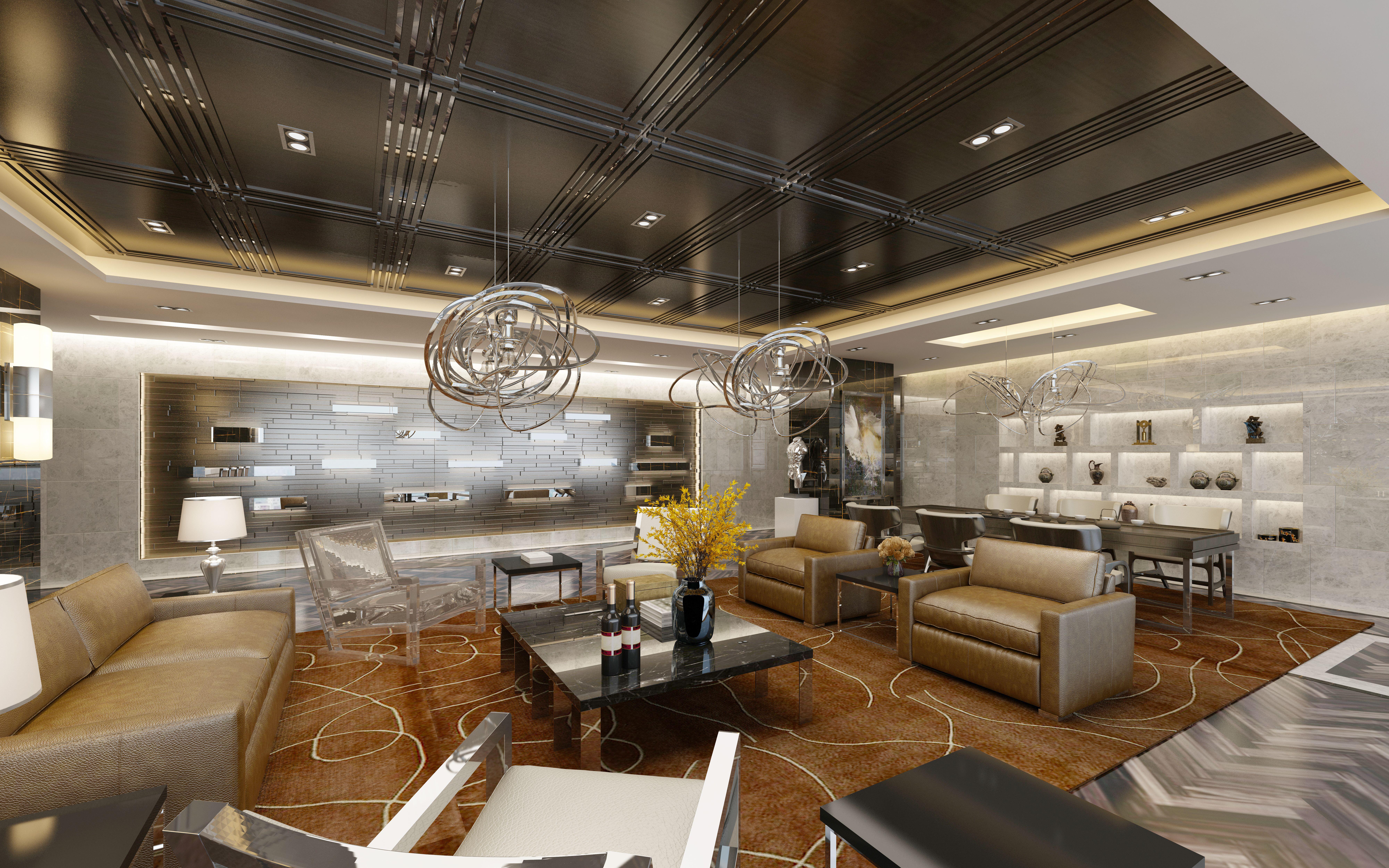With the rise of workplace flexibility, the way organizations and individuals think about the office has changed--and so too has thinking about office design.
The workplace is being reimagined as a destination, somewhere worth the commute and where employees will want to spend their time.
The way workspaces are designed also has a material impact on the way people connect, collaborate, and create.
The trend of making offices less "corporate-looking" started before the pandemic, but it’s gained massive popularity thanks to remote and hybrid work models.
It signifies a departure from the traditional, formal, and impersonal design of corporate offices, and instead embraces a more relaxed, welcoming, and approachable aesthetic, and offers a mix of places for connection and concentration.
Design to Support Diverse Human Needs
"It means creating an environment that feels more personal and authentic and supports diverse human needs," says John Cantrell, strategy lead, associate at Gensler Atlanta. "It means a less sterile workplace and a more comfortable, inviting space that promotes creativity, collaboration, and well-being."
This might involve using warmer colors and natural materials, incorporating elements of residential design, such as comfortable furniture, soft lighting, and plants and greenery, and creating spaces that are more flexible and adaptable to different needs and preferences.
"Ultimately, the goal is to create a workspace that feels less like a place where people go out of obligation, and more like a place where people desire to be with others to create and innovate in more immersive ways," Cantrell says.
Katie Timmerman, senior director of design at Convene, says to understand how work-from-home is influencing office design, look at various workstyles and how people inhabit and utilize their homes throughout the workday.
"You’ll see the different seating arrangements and delineation of space often found in a home making its way into the office," she explains.
She adds the focus on workplace design is also becoming more centered on collaboration - offices are reducing the number of desks or cubicles as workstations and replacing them with lounge chairs, cafe tables, long communal tables, and phone booths to accommodate various workstyles and needs.
To create a workplace destination, commercial property owners are rethinking their buildings to provide more of an integrated ecosystem with tenant amenities including lounge areas, meeting and collaboration spaces, restaurants and cafes, fitness centers, storage facilities, and more.
Removing Negative Office Connotations
Rachel Casanova, senior managing director and tri-state lead of Cushman & Wakefield’s Total Workplace group, says there is a general negative reaction right now to the word "office" and companies are trying to create a more hospitable environment that encourages people to be together.
"Companies want to bring people together both formally and informally, which is causing the greater pivot to a variety of unique spaces," she says.
From her perspective, less corporate-looking for some means removing traditional desks that have less relevance now due to hybrid work schedules and the emphasis on working collaboratively while in the office.
With more open space, there are opportunities for a variety of seating options that could include a coffee bar, sofas, and so on.
"We know that employee connections to each other have receded, especially informal mentoring relationships," Casanova adds. "We also know that formal settings, like two people sitting on opposite sides of a table or desk, are less conducive to building those relationships."
Two people having coffee in an informal setting on the other hand, can signify and support a more casual conversation.
"The expectation and desire for natural light and outdoor space is likely elevated," she says. "While at home, people have the ability to work near a window and walk outside. Therefore, bringing the outdoors into the office with plants, living walls and indoor gardens can make the air healthier."
Talking to Employees, Gathering Feedback
Casanova points out crowd sourcing ideas from users can be an energizing opportunity for practical ideas, but it should be done thoughtfully.
"For example, providing ideas from which to build on can be more fruitful than a blank piece of paper," she notes. "Engage people to test ideas, or better yet create pilots to see how they are utilized."
She points out that just as work has come home with employees, the home has come to work, and she doesn't see this movement letting up--especially when it has created healthier environments.
"I do think the integration of work-home-play concepts will continue to be a part of healthy work environments, communities and cites," Casanova says.
Cantrell agrees employee outreach and stakeholder engagement play a significant role in creating inclusive spaces, but adds engagement is not a box to be checked at the beginning of the design process.
"It is not a one-time pursuit--company culture is always adapting and evolving, and spaces need to adapt to the individual’s needs and the teams’ needs," he says. "This requires ongoing dialogue, responsiveness, and modification."
He says surveys, focus groups, and technologies such as QR codes can aid in that ongoing engagement and response.
"Our design teams and clients ultimately want employees to feel safe and comfortable, but also inspired, and that they have a sense of ownership in the organization’s outcomes," Cantrell says. "In an ideal world, employees should be able to share, but also learn something new about themselves and feel a sense of support and discovery."
Timmerman says to maintain an atmosphere of productivity and professionalism in the workplace, organizations should focus the design around creating a comfortable environment that brings people together with intention and purpose.
"When employees are comfortable - and in the right physical surroundings - they are more likely to be inspired and collaborative, generating greater output," she says. " For a workspace to truly be functional, the employee has to feel at home."



